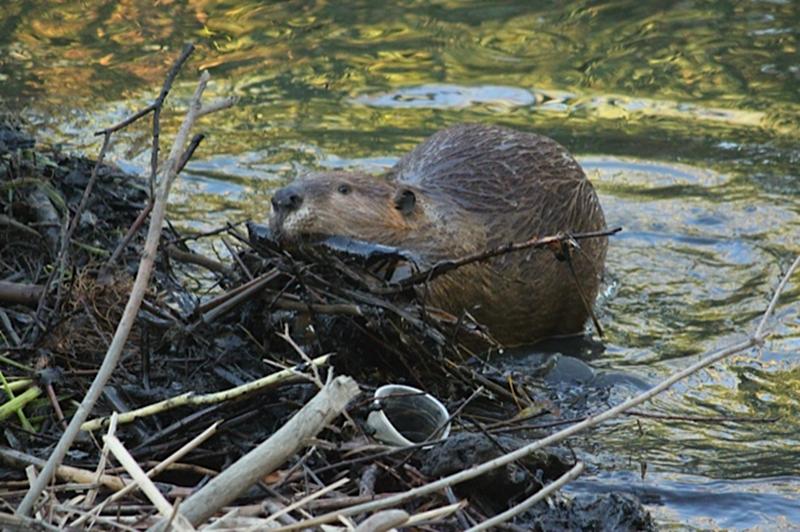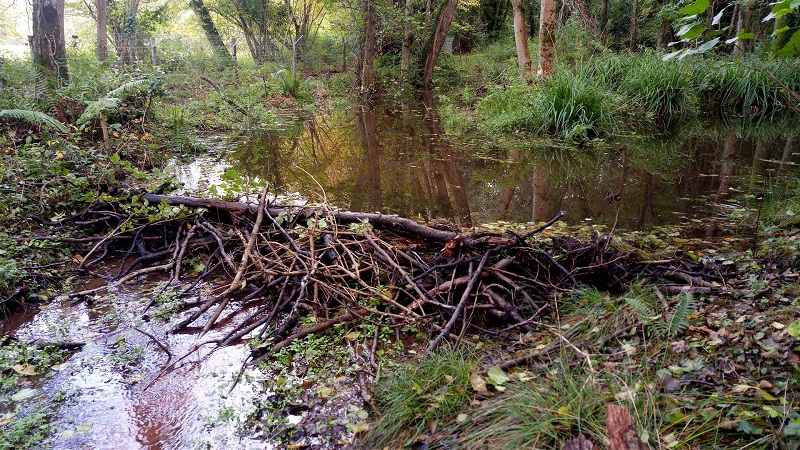“Damn Beaver Dams!”
BY DON DOUCETTE

My thing is watersheds – traveling to different places, I try to understand the local dynamics of flowing waters, sources to sea.
If I tell you that a beaver dam collapsed this week in southern New Hampshire you might react with a, “ho-hum, no big news – too bad for the nearby neighbors.”
The abandoned beaver dam involved is within a portion of feeder brook flowing to Swanzey Lake with waters eventually reaching the Ashuelot River, draining portions of the Monadnock Region and the river confluence with the Connecticut River located slightly above the Massachusetts border north of the famous Mohawk Trail, French King Bridge.

To ancient people prior to written history and the arrival of European culture, the collapse of a beaver dam might have been normal and an opportunistic event of natural diversity – beaver build and abandon dams in predictable cycles – mostly dependent on available food sources and proper structural source material – simply put, woods of preference and ease for the animal to construct and consume. Not enough resources, beavers move to new locations to better build, protect and colonize – always cycles, perpetually predictable cycles.
We had visited this supposed ‘largest beaver dam’ in New Hampshire during recent decades and made the observational assumption that the beaver had probably moved on and abandoned this picturesque beaver pond to nature and I’ve contemplated this eventual structural failure even more recently.
This week, the weakened organic matrix of the dam structure breached due to recent high water weather events in New Hampshire – the result, a sudden flash flooding nuisance according to some perplexed summer campers and residents downstream along the Swanzey Lake shoreline not understanding the predictability of orphaned beaver dams during the passage of time.
I, rather, see this rare event in today’s befuddled modern society as a curious event to be celebrated – fact, a suddenly drained beaver pond leaves an opening in the landscape, sunlight shines in a new way, nutrient-loaded former pond bottom becomes a verdant exposed seed bed and an eventual dynamic diversity of plants and wildflowers proliferate.
The suddenly presto-bare pond bottom may smell for a short time, but the best is yet to come.
Take two aspirin and call back in the morning.
Don Doucette
“Ten Mile River Rambles”
Friends of the Ten Mile and Bucklin Brook
Citizens of the Narragansett Basin
